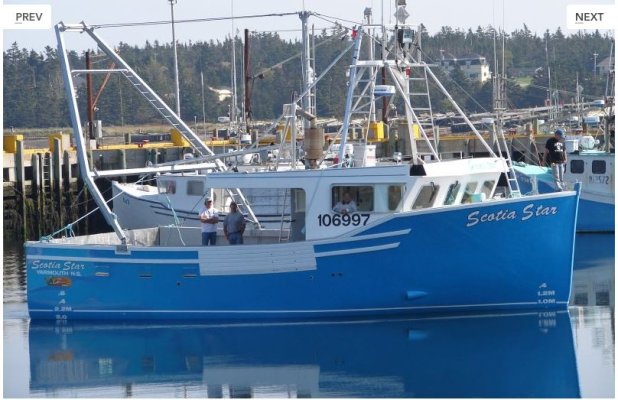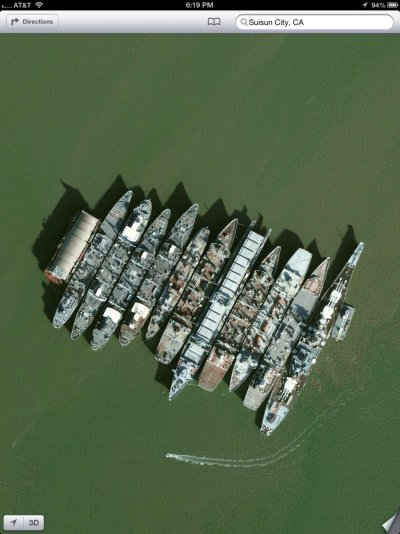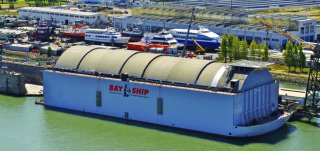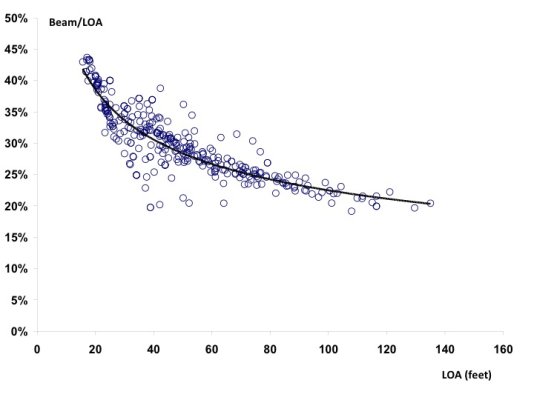Since most folks on TF appreciate spending time aboard their boats and recognize how important space (interior and exterior) is, I thought it would be interesting to see if we can identify the trawler (under 75') with largest beam to waterline or beam to LOA ratio.
If nothing else, this fun little exercise may help someone tweak his/his next boat search when looking for a live aboard.
John T.
If nothing else, this fun little exercise may help someone tweak his/his next boat search when looking for a live aboard.
John T.








